The 31st symptom of growing up: instead of imagining a life in the big city, full of exciting adventures, you dream of what your ideal retirement in a quiet place would be like. However, I don’t envision my old age in a single-family home away from the world’s noise, but in a small house located in a certain part of northern Morocco. In honour of my plans for a golden pension, today’s entry will be about a space considered the true seed of the blue city: the Kasbah of Chefchaouen.
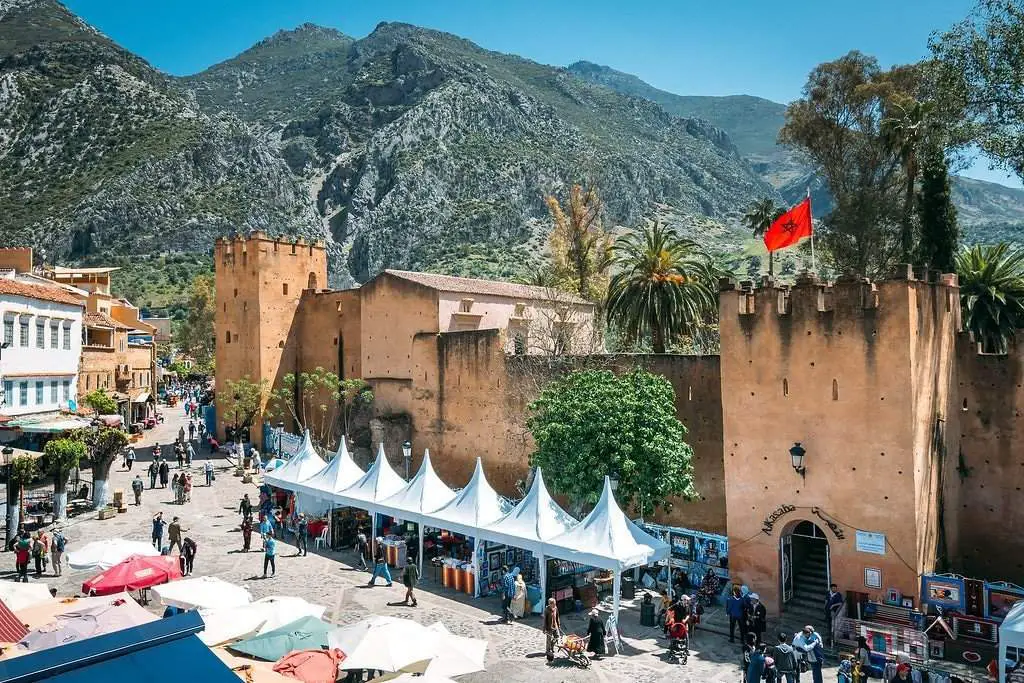
Here are the best places to stay in Chefchaouen.
Get the best deals and discounts on hotels here.
A bit of history
As we have already mentioned on previous occasions, the kasbahs usually have their reason for being in fortifying an area that arouses a certain strategic interest. However, while the Kasbah of the Oudayas was built as a surveillance site to warn of possible assaults, the construction of the one in Chefchaouen had a very different intention: given the attempts of the Portuguese in Ceuta to take over the northern coast of the country, a place like Chefchaouen, hidden by the mountains and supplied by a river, was thought to be suitable for strengthening and launching attacks on the Portuguese.
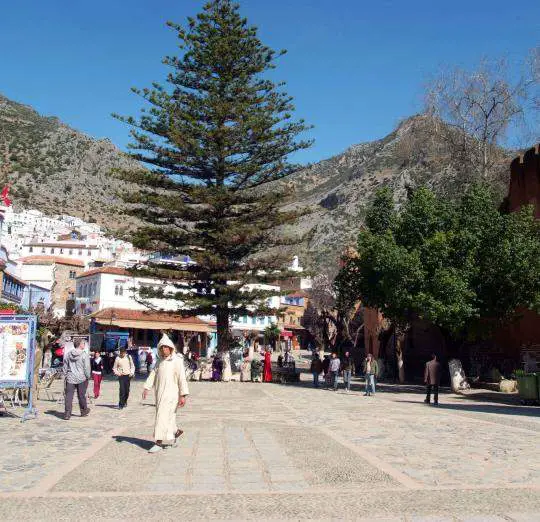
For this purpose, a walled enclosure was designed, with military purposes and spaces destined to house the emir and his family, subjects, soldiers and prisoners, as well as a mosque and a large empty space that would provide the backbone for the future development of the area (what is now known as Utta el Hamman Square).
It goes without saying that throughout its history the city grew (as well as being the object of interest and attacks), having as its main motor of progress the flight and subsequent expulsion of Muslims and Jews from Al-Andalus, who saw in this place, hidden and self-sustaining thanks to its particular geography, the ideal place in which to settle.
And if the city developed, so did the fortress that gave it its origin, with several transformations of both it and its environment (even serving as a site for administrative areas in the time of the protectorate), until it became the cultural space that it is today.
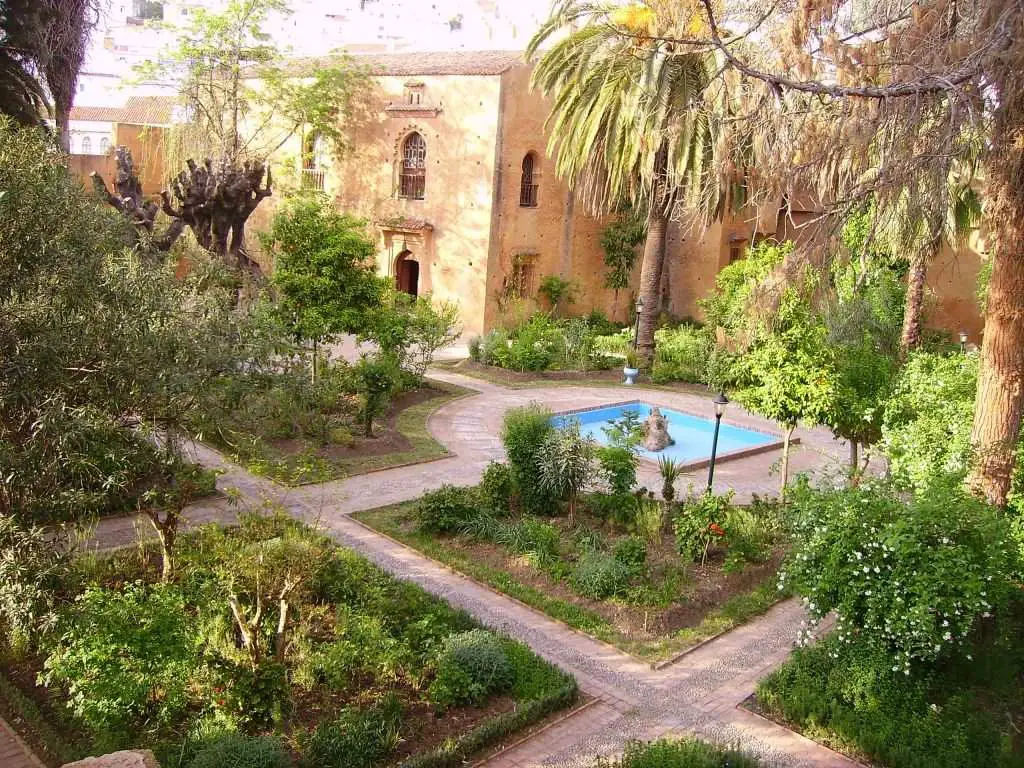
Inside the kasbah
If you travel to Chefchaouen with the intention of visiting the kasbah, you must bear in mind that it is not open continuously, as only one person is in charge of allowing the passage (10 dirhams per person) and the meals and prayers make him absent at certain times of day; the schedule is indicated on the door, so if you arrive early you can always wait taking a tea in the square.
The first thing that will surprise you once you pass through the gate, as is usual in the citadels, is the alienation that occurs between its interior and the surrounding environment (significantly smaller space than in other kasbahs, but perfectly consistent with the discreet urban fabric of Chefchaouen), consisting mainly of a garden and a central pond, with towers and other elements surrounding them and flanking the wall.
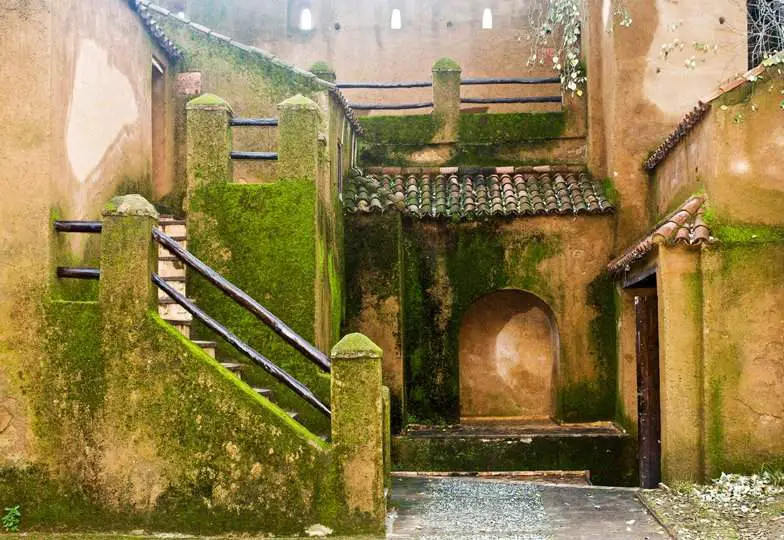
My first recommendation, therefore, is that you take a tour of these spaces, as they are well worth relaxing by recognizing their gardens and ascending their watchtowers to admire unique panoramic views of Chefchaouen.
Secondly, to the right of the entrance you can access the cells and check the living conditions of the prisoners. It’s an image that I assure you will give you chills.
Then, I recommend you to enter the old palace, now converted into an ethnographic museum, with an interesting display of cultural and artistic objects (clothes, musical instruments, weapons, old photos, …), which serve to illustrate the history of Chefchaouen as well as a large part of the northern part of Morocco.
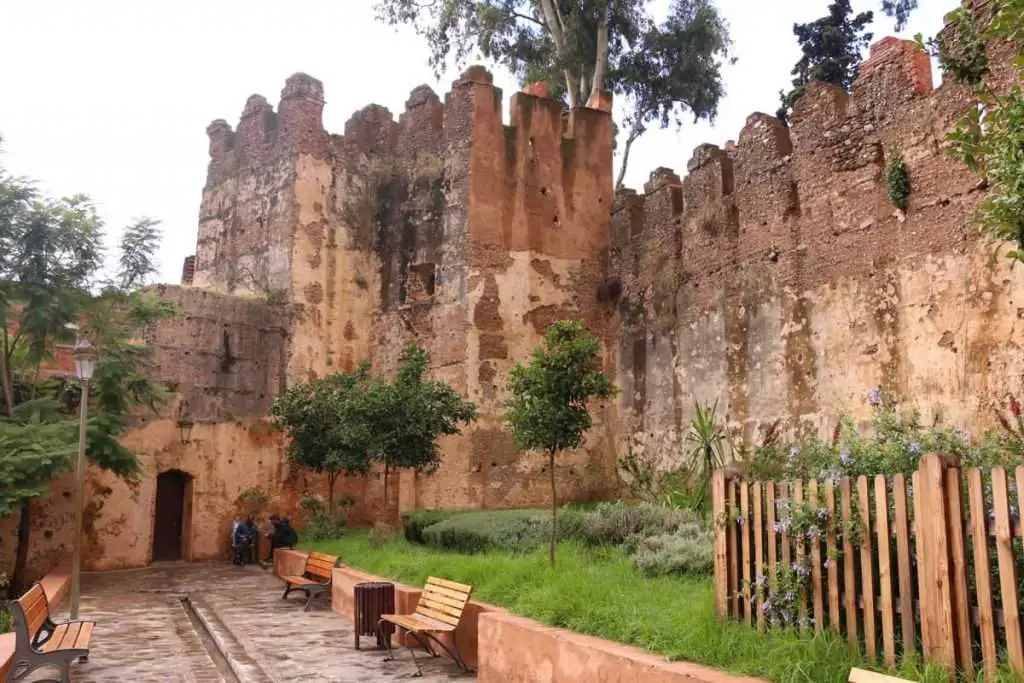
Finally, leaving the museum on your left, passing the pond and at the foot of one of the towers, I recommend you to enter the gallery located on the ground floor and which houses temporary art exhibitions. However, you should bear in mind that this area is not always in operation.
And with this last space I finish the entrance on the citadel of Chefchaouen. I hope that it has helped you to understand a little better the history of the city and that you feel like visiting it the next time you travel to Chefchaouen.
If possible, try and make a short trip to Akchour where you can hike in the mountains.
Read More:
Riad Assilah in Chefchaouen
The Kasbah Museum in Chefchaouen (Ethnographic Museum)